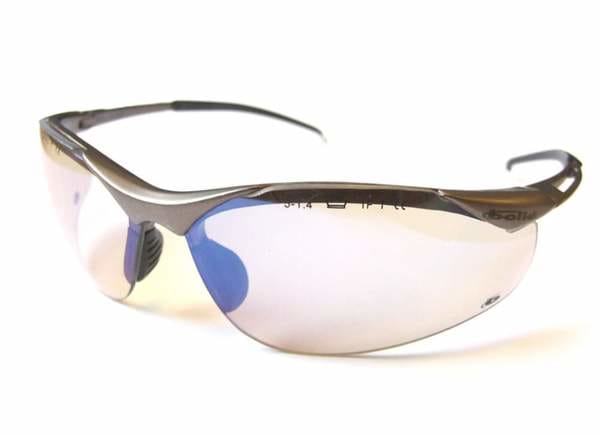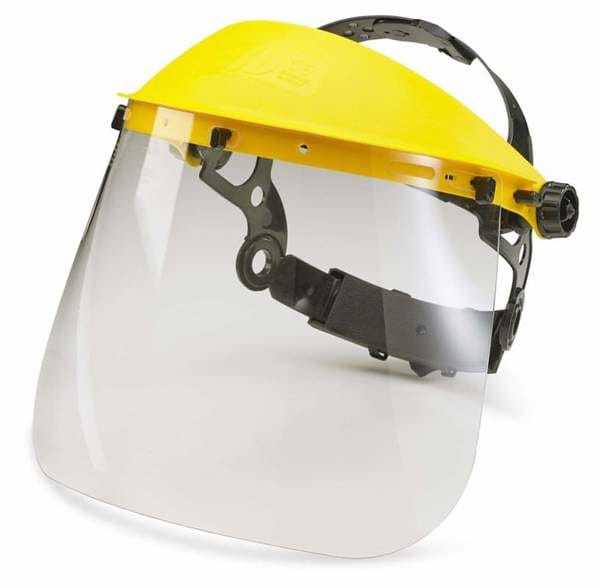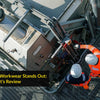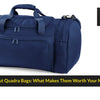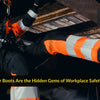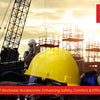PPE and Eye Protection EN166
- by Mike Johnson
PPE and Eye Protection EN166
Over 2,000 people injure their eyes at work every single day.
Protecting our vision is one of the most important precautions we can take when it comes to PPE Personal Protective Equipment
Without our eyesight, we’d be unable to carry out most tasks our job role requires, let alone the severe impact it would have on our day to day lives. Which is why we’re so passionate about making sure eye protection at work is not a subject taken lightly.
when should you use eye protection?
The first step to keeping your eyes safe at work, is understanding the potential hazards in your workplace, some may be more obvious than others!
Hazards in the workplace tend to fall under four main categories:
Mechanical hazards - such as debris from using tools
Thermal hazards- dangerously hot liquids, metals, or vapours
Chemical hazards - contact with corrosive or toxic chemicals
UV Radiation - don’t forget the impact bright sunlight can have
More specifically, you are at a higher risk of injury in a role which include working with:
Welding/grinding
Caulking/chiselling
Drop forging
Lasers
Radiant heat
Acids/disinfectants/corrosive products
Molten substances
You can find more information under the Workplace (Health, Safety and Welfare) Regulations 1992.
Which type of eyewear protection should I wear?
Once you’ve decided to purchase eye protection, there are a few different choices for you to decide between.
These are designed to protect you against lower impact risks, for example for medical/dentistry use. But remember, because they allow air to flow around the eye area they do not offer complete protection.
We recommend goggles for any medium impact risks, including chemical cleaning, wood-working or masonry work. As they sit flat against your face safety goggles offer complete protection. However, they tend to fog up, which is why we’d recommend anti-fog safety goggles.
Traditionally, these are attached to safety helmets and protect against all of the same risks as safety goggles but are essential for protecting your entire face. However, be aware that they do not fully enclose the eyes, so should not be worn when working with toxic or dangerous gases.
We would always recommend being overcautious when selecting PPE, after all it never hurts to be over equipped. Look for glasses or goggles which come under the EN 166 British Standard, introduced in 2001, to ensure your products are fit for the job.
Is eye protection at work a legal requirement?
There are various regulations which state that Personal Protective Equipment must be worn in the workplace where hazards or risks present themselves.
For further reading, see the below regulations:
The Health and Safety at Work Act etc Act 1974
The Management of Health and Safety at Work Regulations 1999
Provision and Use of Work Equipment Regulations 1998
Personal Protective Equipment Regulations 2002
Health and Safety (Display Screen Equipment) Regulations 1992
What else can I do to take care of my vision?
Alongside wearing protective equipment in the workplace whenever you feel your eye safety could be compromised, it’s also important to consider your general eye health. It is recommended that you have an eye test once every two years to assess your eyesight and any general deterioration which can come with age.
If you’re in a role where you work for long periods on a PC or Laptop screen, your employer should be able to offer you a free eye test.
Understanding whether you need prescription lenses or not is incredibly important in any industry. If you do require or already wear prescription lenses, we would recommend opting for prescription safety goggles or glasses. It can be hazardous to wear safety goggles or glasses over your existing pair of prescription spectacles.
What should I do in case of an emergency?
If you, or a colleague, is involved in an accident at work involving their eyes, then we advise you to act as fast as possible. Ensuring you have a well-stocked first aid kit with an eye bath in is incredibly important if you work in a higher risk environment.
Remember to treat all eye injuries very seriously and seek medical assistance as soon as possible.

